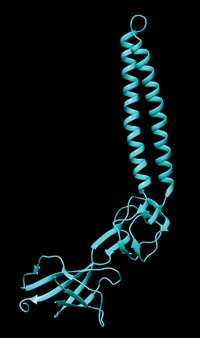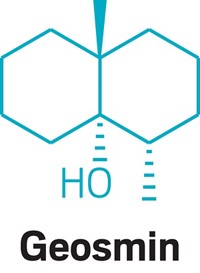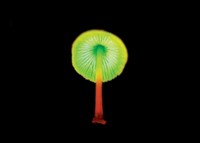Advertisement
Grab your lab coat. Let's get started
Welcome!
Welcome!
Create an account below to get 6 C&EN articles per month, receive newsletters and more - all free.
It seems this is your first time logging in online. Please enter the following information to continue.
As an ACS member you automatically get access to this site. All we need is few more details to create your reading experience.
Not you? Sign in with a different account.
Not you? Sign in with a different account.
ERROR 1
ERROR 1
ERROR 2
ERROR 2
ERROR 2
ERROR 2
ERROR 2
Password and Confirm password must match.
If you have an ACS member number, please enter it here so we can link this account to your membership. (optional)
ERROR 2
ACS values your privacy. By submitting your information, you are gaining access to C&EN and subscribing to our weekly newsletter. We use the information you provide to make your reading experience better, and we will never sell your data to third party members.
Biological Chemistry
Chemical Double Act Triggers Spreading Of Spores
Microbiology: Together, two molecules help fungi figure out when to release spores
by Katharine Sanderson
February 3, 2012

A long-standing conundrum about how and when fungi know to release their spores is closer to being solved. The answer lies in the interaction between two crucial signaling chemicals (ACS Chem. Biol., DOI: 10.1021/cb200455u).

On a kitchen counter, filamentous fungi can start growing inside an orange, for instance, eventually break through that fruit’s surface, and suddenly spurt spores out to contaminate the rest of the fruit bowl. Researchers have long puzzled over how these fungi can sense they’ve hit the air and start producing spores.
In 2002, Unai Ugalde at the University of the Basque Country, in Spain, and his colleagues proposed a mechanism involving molecules that signal to the fungi when the time is right to sporulate (Eukaryotic Cell, DOI: 10.1128/EC.1.5.823-829.2002). They suggested that fungi constantly produce the signalling molecules. But when the fungi are in liquid–as inside an orange–the signal washes away. When the fungi reach the air–as on the skin of the orange–the molecules concentrate in the thin water layer on the fruit’s surface. In the latter case, the chemical’s high concentration tells the fungi to start releasing spores.
So Ugalde started looking for these signalling molecules. Researchers have known for years that mutants of the filamentous fungus Aspergillus nidulans that lacked a gene for releasing spores would still produce spores if they grew among wild-type fungi of their own species. They also suspected that a molecule or molecules produced by the wild-type fungi but not the mutants told the fungi when to spore. To find out which chemicals sent the spore-making signal from the wild-type fungi to the mutants, Ugalde’s team compared extracts from the wild-type fungus and the mutant strain. Through high-performance liquid chromatography and silica gel chromatography, the researchers isolated two compounds produced by wild-type strains but not by mutant strains: dehydroaustinol and diorcinol.
Other researchers had spotted dehydroaustinol in these fungi before, so Ugalde and his team thought it must be the signalling molecule. But when they tested it, dehydroaustinol on its own would not make the mutants sporulate. Neither did the second molecule they found, diorcinol. But when they added both molecules, the mutants made spores.
One reason dehydroaustinol may not work on its own, Ugalde says, is that it forms crystals in water, stopping the molecule from accumulating in solution, and so decreasing the signal to the fungi.
Meanwhile, when dehydroaustinol and diorcinol are together, the researchers found, they form an adduct that creates a non-crystalline emulsion. (Because of this adduct, the team had had trouble separating the two molecules from the fungus extracts.). The emulsion, Ugalde says, prevents dehydroaustinol from coming out of solution to form crystals.
The diorcinol could have a secondary role as well, says Ugalde: “It is lipophilic so it probably helps dehydroaustinol to go through [the fungus cell] membrane.” He thinks the signal receptors are in the fungus’s plasma membrane.
Apart from unravelling a natural mystery, this discovery could have applications in agriculture or even human disease, Ugalde says. If the same molecules trigger release of spores in other fungal species, says Katherine Borkovich, an expert in microbiology at the University of California, Riverside, who was not involved in the work, then compounds that inhibit these signalling molecules could represent a novel avenue to chemically control fungal pathogens.





Join the conversation
Contact the reporter
Submit a Letter to the Editor for publication
Engage with us on Twitter